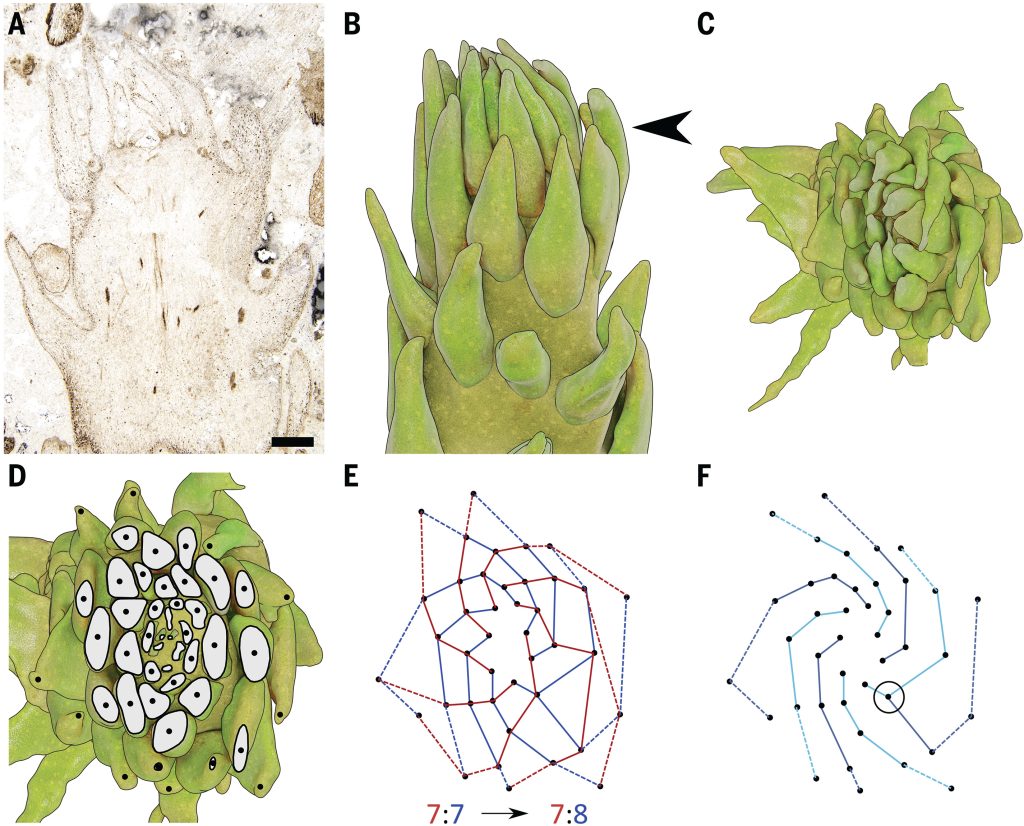
Going against the botanical grain: Non-Fibonacci spirals in early land plants
Plant Science Research WeeklyThis study by Turner et al. looks at the patterns of leaf and sporangia arrangement in early leafy plant species, questioning the widely held idea that these structures follow the Fibonacci sequence. The researchers investigated fossilized remains from the Early Devonian period. To evaluate the spatial…
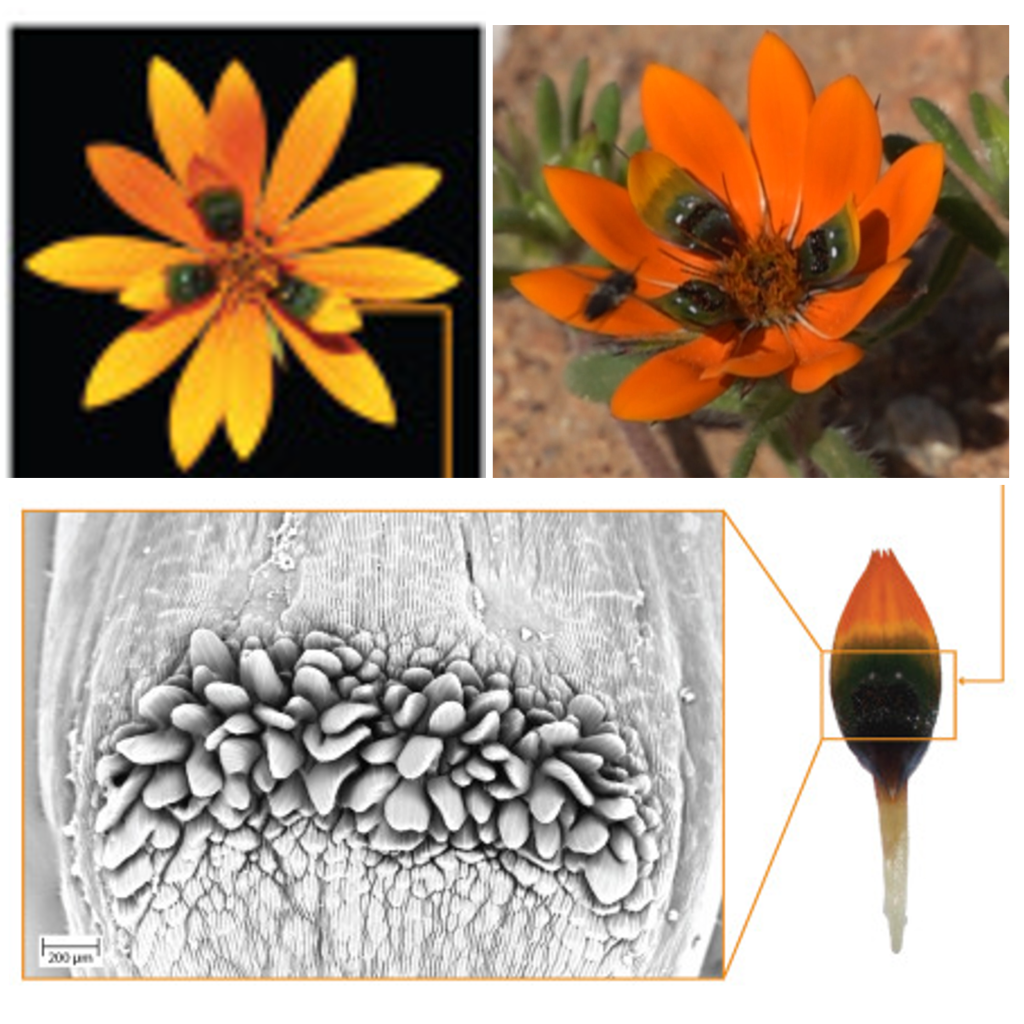
How did the daisy get its spots? Gene co-option and fly mimicry
Plant Science Research WeeklyThis is one of those “straight into the textbook” stories. Kellenberger et al. investigated the unusual petal pigmentation pattern of a South African daisy Gorteria diffusa, which has petals with odd lumpy irregular spots that mimic female flies and enhance pollination through sexual deception. The…
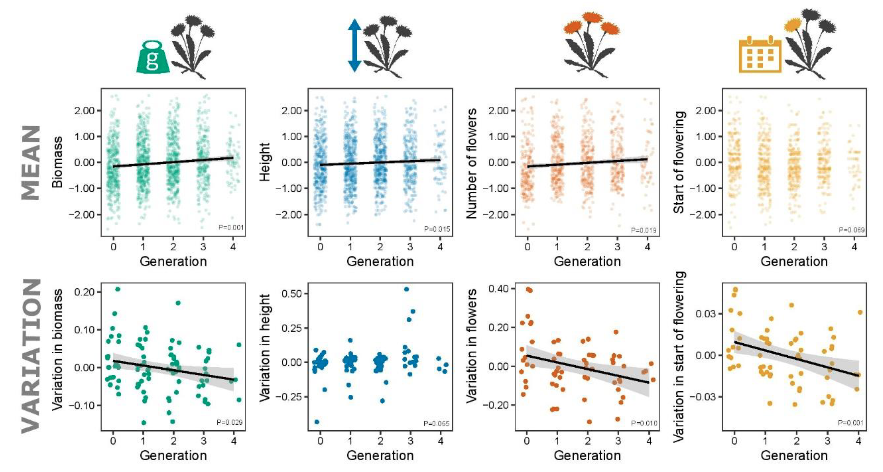
Plants cultivated for ecosystem restoration can evolve towards a domestication syndrome
Plant Science Research WeeklyThe pressing need to restore degraded areas has led to an unprecedented demand for native seeds. However, seeds are not always available in sufficient quantity and quality in nature, so some restoration practitioners might opt to source their seeds from wild plants grown on farms, just like any crop.…

Pigment-regulating small siRNAs from YUP locus are responsible for speciation of monkeyflowers
Plant Science Research WeeklyIt has always been of interest to the plant community to understand the mechanisms behind the evolution of diverse floral carotenoid pigmentation within a genus. In this paper, Liang et al. investigated the mechanism behind monkeyflowers (Mimulus spp.) speciation driven by the flower color locus, YELLOW…
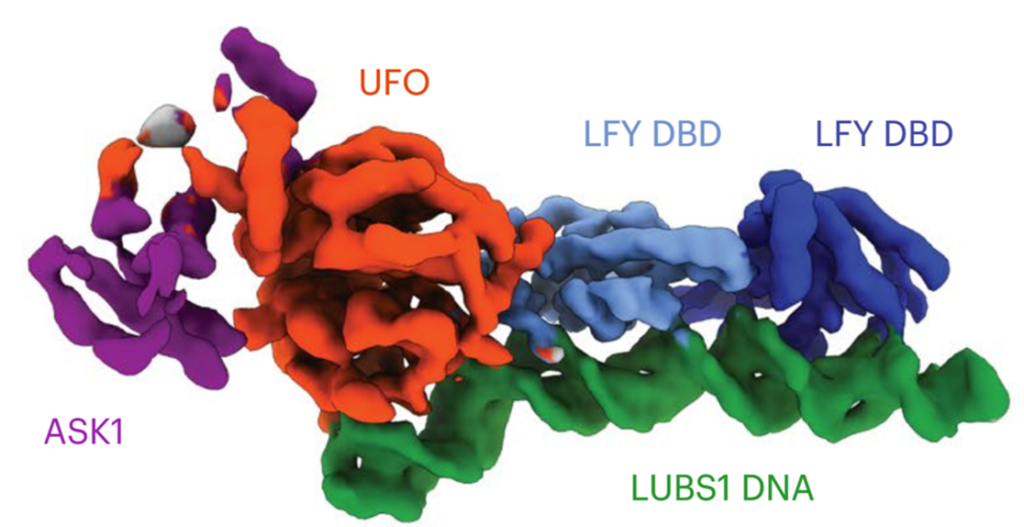
UFO helps LEAFY find new promoter elements
Plant Science Research WeeklyFloral development has been the object of decades of plant research, yet many fundamental questions remain. One of these is the mechanism by which LEAFY (LFY), the master transcription factor of floral development, works with UNUSUAL FLORAL ORGANS (UFO), an F-box protein, to regulate petal and stamen…
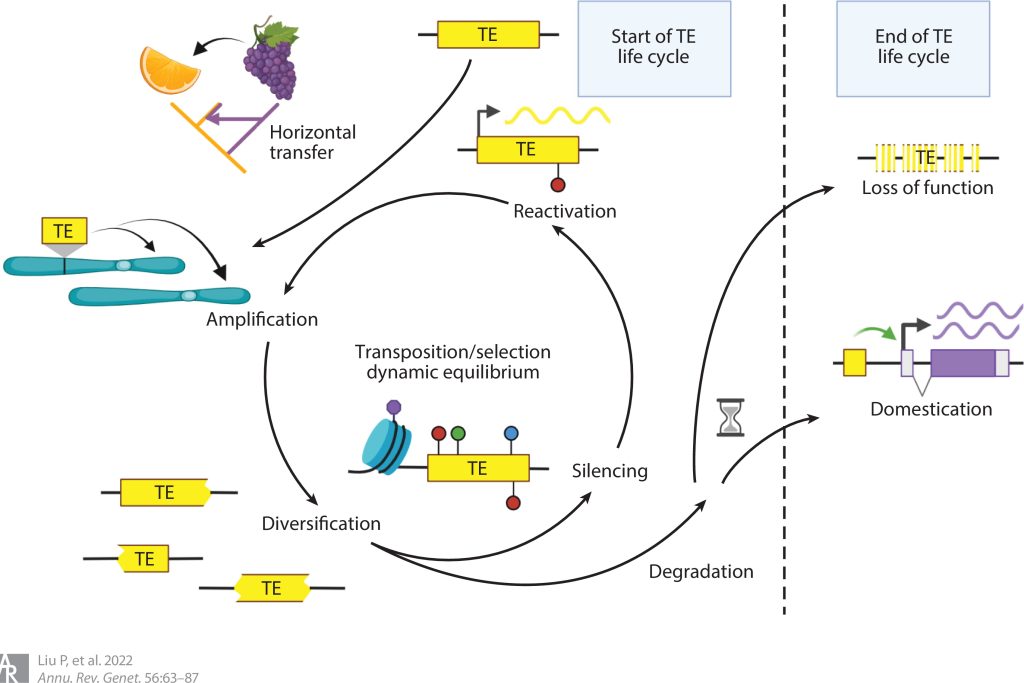
Review: Transposable element life cycles in plant genomes and beyond
Plant Science Research WeeklyWhat a wonderful review! As the title indicates, this review by Liu et al. looks at transposons, considering their “life cycle” – from introduction into a naïve genome, through amplification, diversification, silencing, reactivation, and ultimately domestication or loss-of-function. Besides this…

Interactions of plant RETINOBLASTOMA RELATED PROTEINS
Plant Science Research WeeklyRETINOBLASTOMA-RELATED (RBR) is the plant homolog of the metazoan Retinoblastoma protein (pRB) tumor suppressor and is a conserved cell cycle regulator. RBR has been linked to several multicellularity-related processes, such as controlled cell proliferation, stem cell regulation, and asymmetric cell…
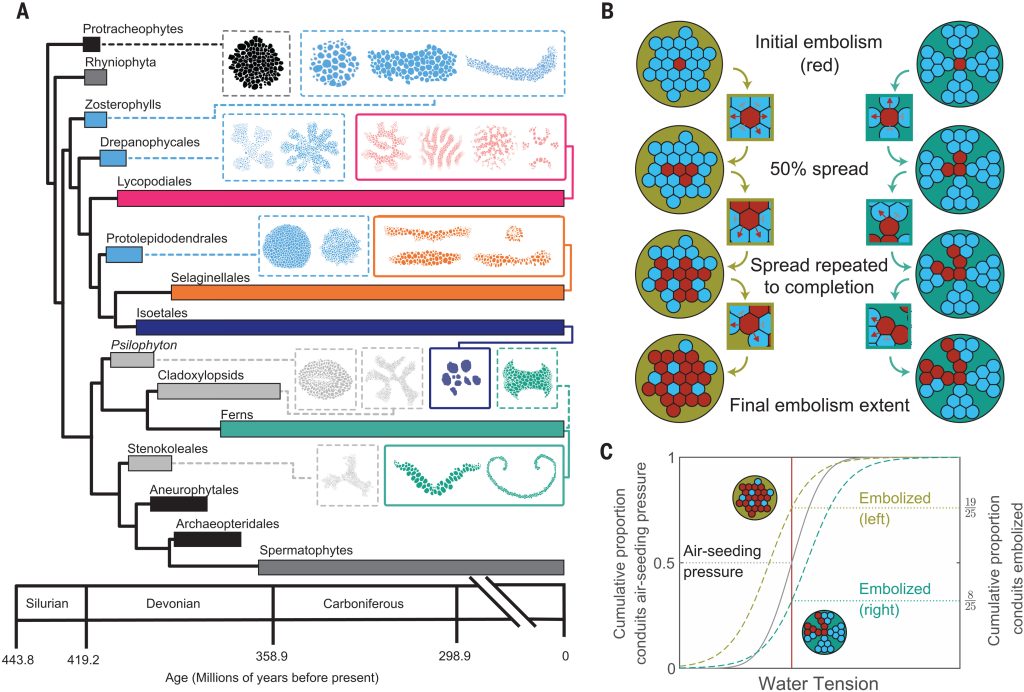
Hydraulic failure as a primary driver of xylem network evolution in early vascular plants (Science)
Plant Science Research WeeklyThe earliest terrestrial plants had relatively small, simple forms. The evolution of water-conducting cells provided opportunities for increased size. However, water movement by tension (driven by evaporation) can fail when the water column breaks and is blocked by an air bubble called an embolism. Looking…
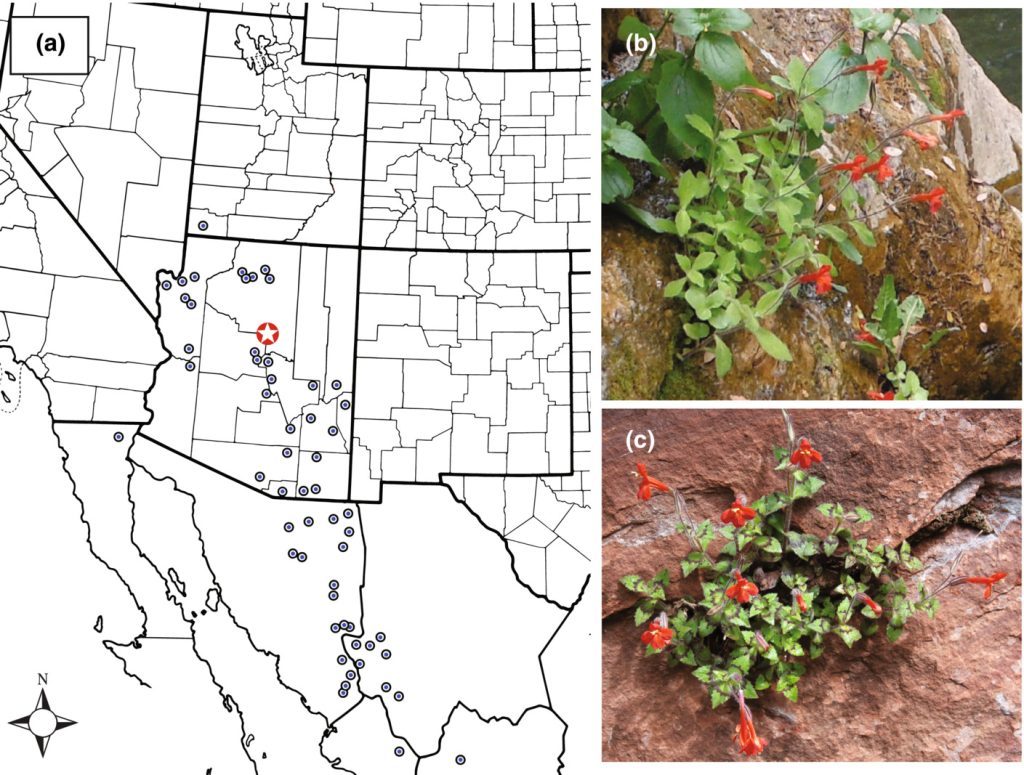
To stripe or not to stripe in monkeyflower leaves
Plant Science Research WeeklyIn biology nothing makes sense but in the light of evolution. However, understanding how new traits can appear through modification of pre-existing elements has been a complex question in evolutionary biology. LaFountain et al. studied a population of a species of monkeyflower (Mimulus verbenaceus) which…

